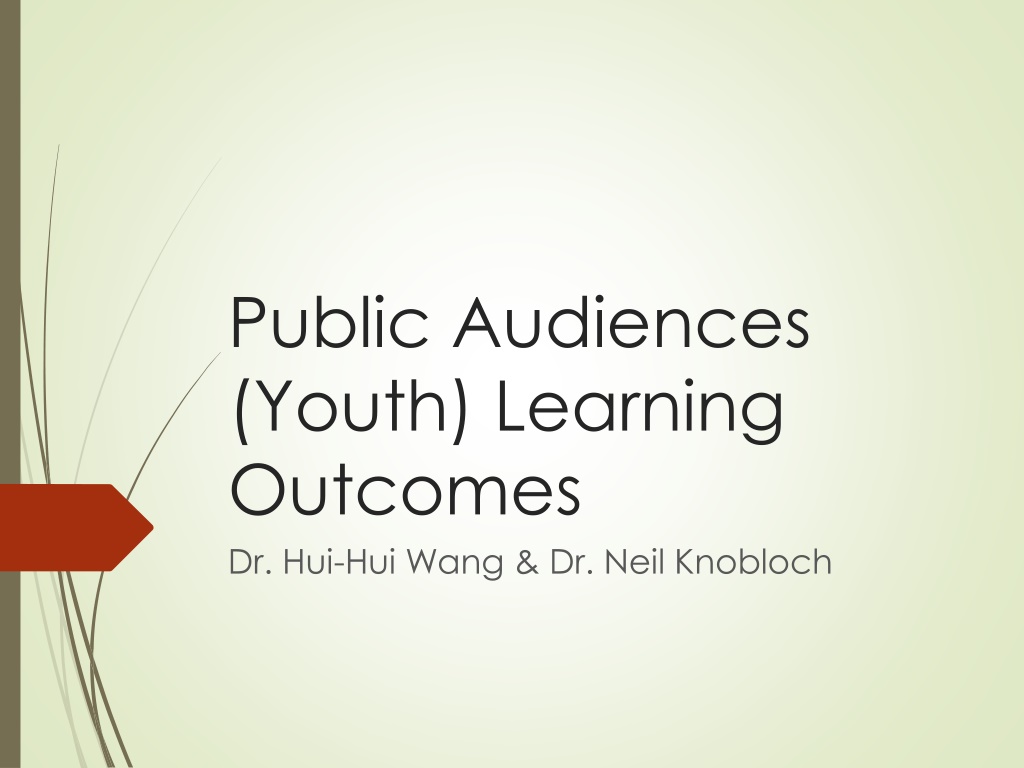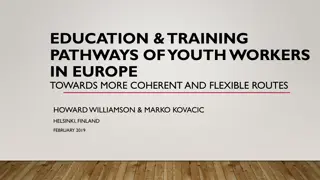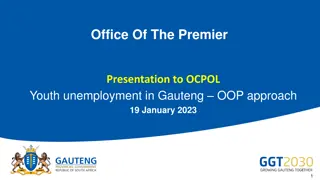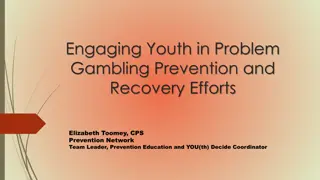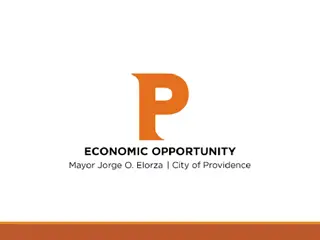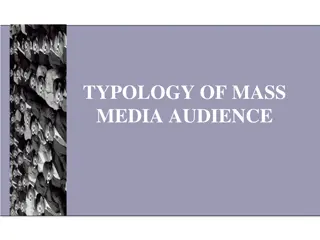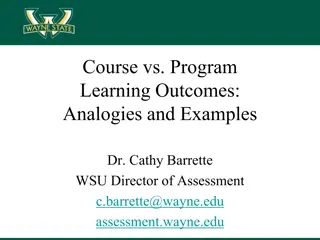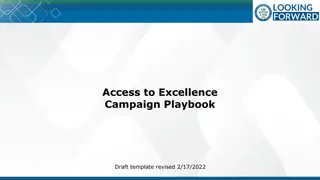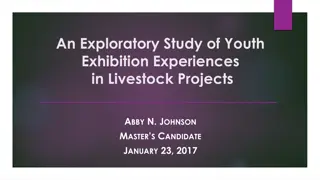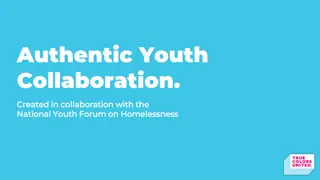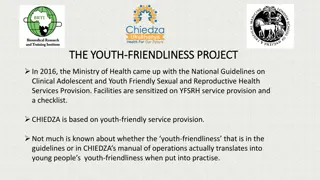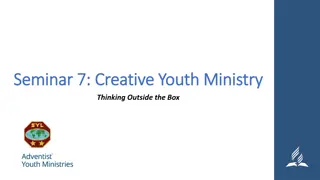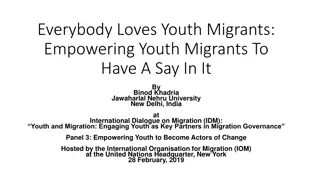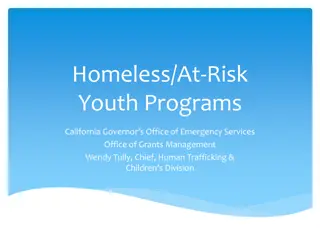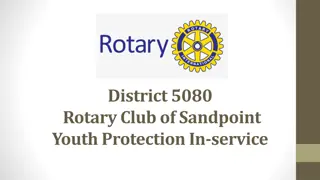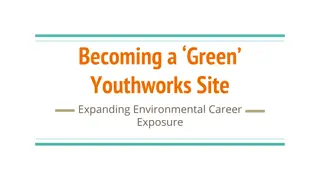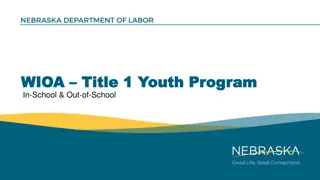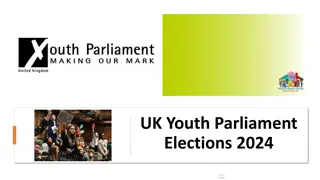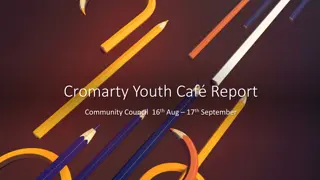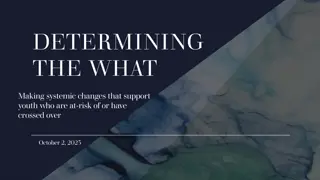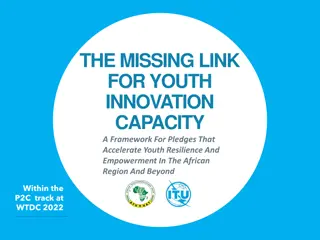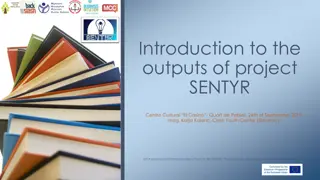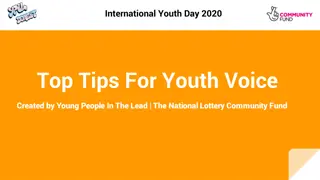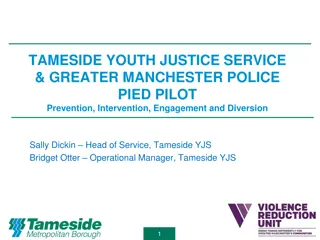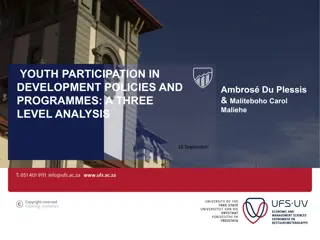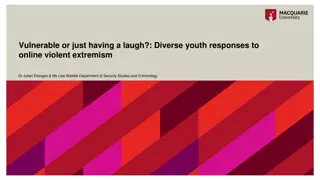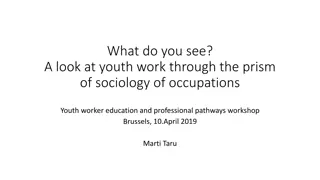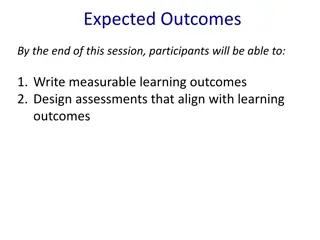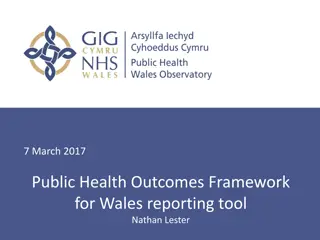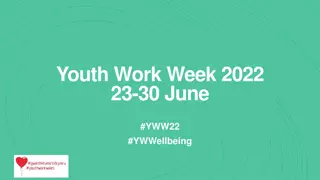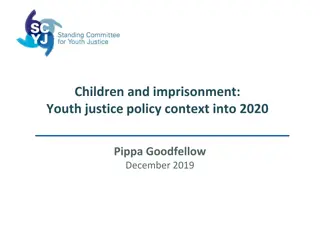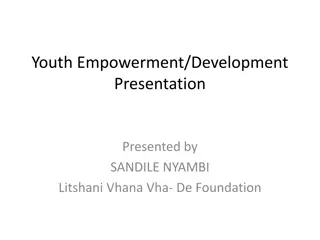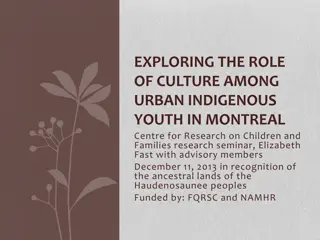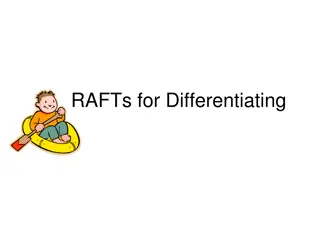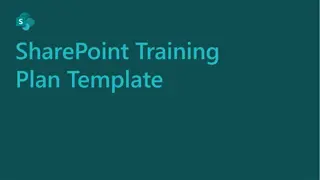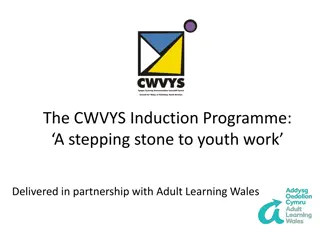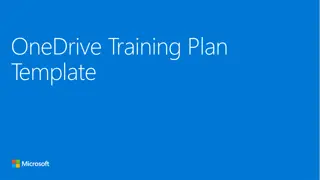Understanding Public Audiences Learning Outcomes for Youth
Delve into the world of public audiences and youth learning outcomes to uncover the impacts intended for projects and programs. Explore how to craft effective learning outcome statements, identify where to find learning outcomes, and discover different categories of learning outcomes expressed as knowledge, skills, attitudes, or values. Learn how to evaluate impacts and develop categories for intended learning outcomes.
Download Presentation

Please find below an Image/Link to download the presentation.
The content on the website is provided AS IS for your information and personal use only. It may not be sold, licensed, or shared on other websites without obtaining consent from the author. Download presentation by click this link. If you encounter any issues during the download, it is possible that the publisher has removed the file from their server.
E N D
Presentation Transcript
Public Audiences (Youth) Learning Outcomes Dr. Hui-Hui Wang & Dr. Neil Knobloch
Agenda What are potential learning outcomes? How to write a good learning outcome statement?
What are learning outcomes (LO) and learning outcome statements? Learning outcomes are the impacts intended for your project/program. In general, public audiences (youth) learning outcomes are actions by learners that could be observable, measurable and able to be documented! A learning outcome statement is a brief statement of what a learner will know and be able to do. At the end of a class At the end of a course At the end of a program
Activity If you are the program manager, what could be your intended public audiences (youth) learning outcomes? https://www.youtube.com/watch?v=qXO5NYV6bCc
Where might you find learning outcomes? Logic models & evaluation plans in Grant proposals Lesson plans & Syllabi Educational program plans University curriculum (e.g. Educational Outcomes of the Purdue University College of Agriculture) Learning standards Evaluation report/Impact statements Journal articles of educational research studies
Categories of learning outcomes Outcomes are usually expressed as knowledge, skills, attitudes or values. In order to measure learning outcomes, designing activities and assessments should occur simultaneously. It is important to do cross-checking to ensure that the learning activities are designed to address the learning outcomes. Framework for evaluating impacts of informal science (The National Science Foundation)
Williams, D.R., & Dixon, P.S. (2013). Impact of garden-based learning on academic outcomes in schools: Synthesis of research between 1990 and 2010. Review of Educational Research, 83(2), 211-235
Developing impact categories, intended learning outcomes & evidences Target Audiences Impact Categories Identified learning Outcomes Possible Evidences
How to write a good learning outcome statement? How to get started? Ask yourself: What are the most important things learners should know, be able to do, or demonstrate after completing my program. Make a list
Ask two simple questions Can it be measured? Is learning (changes) being demonstrated? How?
Write your learning outcome statements Using your table, try to write two or three learning outcome statements.
When writing learning outcome statements 1. Focus on a smaller number of high priority outcomes. 2. Make outcomes as specific, focused and clear as possible (general outcomes will be hard to measure). a. will appreciate the benefit of teamwork. b. will learn the coding system of a library to find books.
When writing learning outcome statements 3. Use action verbs that can be observed and measured. a. Action verbs that are easy to measure: Categorize, compare, describe, explain, illustrate, list, report, and so on. b. Action verbs that are not that easy to measure: apply, become aware of, create, develop, know, learn, understand, and so on.
When writing learning outcome statements Content knowledge gain is easier to be measured than skills. Heat energy transfer, 3+3=6, H2O + B- = OH- + HB ,and so on. Problem solving, critical thinking, communication, apply knowledge, and so on.
Examples 1. will be able to list type of renewable energy. 2. will be able to calculate soybean production costs, yields, and returns. 3. will demonstrate critical thinking skills. 4. will become aware of the importance of eating vegetables. 5. will develop problem-solving skills.
Activity Check your learning outcome statements, do you feel confidence about your learning outcome statements? If not, how can you improve your writing?
Resources Framework for Evaluating Impacts of Informal Science (The National Science Foundation, 2008) http://www.informalscience.org/documents/Eval_Framework.pdf University of Connecticut: how to write outcome statement http://www.assessment.uconn.edu/docs/HowToWriteObjectivesOutc omes.pdf Big Brothers Big Sisters Report to America: 2013 Youth Outcomes Report http://www.bbbs.org/atf/cf/%7B8778D05C-7CCB-4DEE-9D6E- 70F27C016CC9%7D/20130425_BBBSA_YOS2013.pdf Defining Youth Outcomes for STEM Learning in Afterschool http://www.afterschoolalliance.org/STEM_Outcomes_2013.pdf A shared Vision for Youth: Common Outcomes and Indicators http://www.nationalassembly.org/Knowledge/documents/NCYCom monOutcomes.pdf
